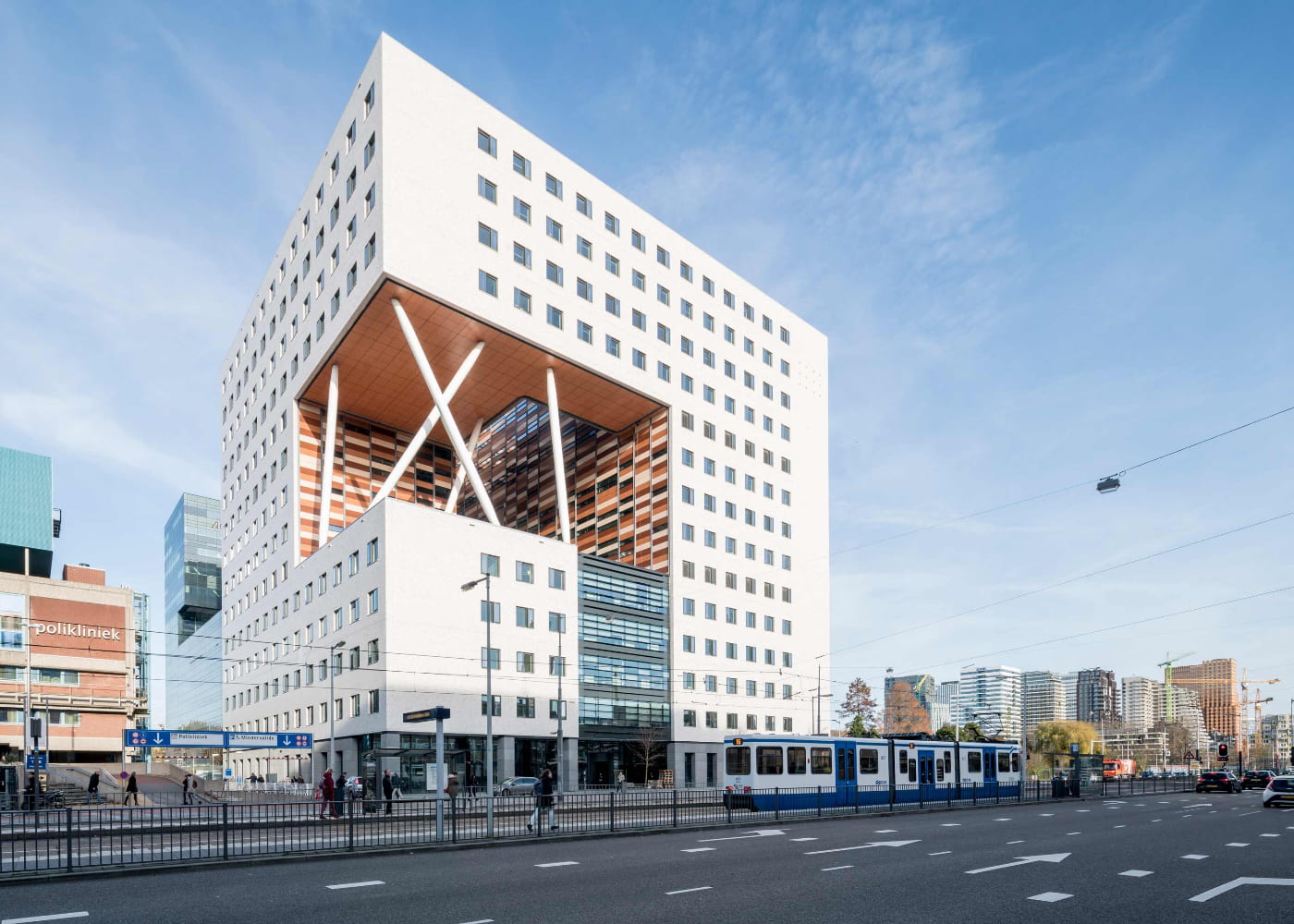A comprehensive approach to building design that is environmentally friendly and considers the effects of structures on the economy, society, and environment throughout their lives is provided by BREEAM certification. The significance of BREEAM because the growth of our cities has a significant influence on the natural environment, In-Use and certification are increasing.
Not to add, the construction and upkeep of the buildings where we live and work consume a large amount of the finite resources in the globe. Security Needs Assessment UK assesses several variables to identify and meet the particular protection requirements that are necessary for protecting people, places, and neighbourhoods in a variety of settings.
BREEAM
The most popular sustainability evaluation technique in the world for masterplan Ning structures, infrastructure, including projects is called BREEAM. From fresh construction through in-use and rehabilitation, it acknowledges as well as represents the importance of investing in superior performance resources across the construction sector’s lifetime.” The project’s planning, design, purchasing, development, and operation are evaluated using the BREEAM schemes, which assign ratings of Pass, Good, Very Good, Very Good, Excellent, and Outstanding based on how well they meet targets.
Eight Assessment Domains
A number of the UN-established Sustainable Development Goals are aided by the application of BREEAM standards. The aforementioned goals are meant to promote an increasingly promising and environmentally friendly future for all people. Eight different categories of examination are included among the BREEAM certification goals:
- Ecology
- Water and Energy Use
- Interior environment (well-being and health)
- Procedures for management
- Pollution of Materials
- Move Waste
Criteria for Assessing Security Needs
“The project and place-specific evaluation of security needs” is how Hea 06 describes the security assessment of needs, and it calls for the following:
- An eye-level inspection of the location and surrounds
- Formal discussions with pertinent parties
- Risks particular to the building’s use and particular user categories are identified
- Determining whether the development would have a detrimental effect on the current neighbourhood
Some of the components of a standard security consultant report for an item of property are reflected in these standards. Security experts and other professionals sometimes regret their late involvement with projects, thus it is encouraging that Hea 06 requires this evaluation to be done within RIBA Stage 2. The SQSS must attest that the application of safety precautions hasn’t been “restricted, impaired, or rendered not practicable as a consequence of their subsequent engagement” for the requirements to be fulfilled later. Take note of this clarification.
The Security Needs Assessment (SNA) offers a site- and project-specific evaluation of security requirements, encompassing;
- A visual inspection of the property and its surrounds to find features and environmental indications related to the development’s security
- Formal consultation to gather an overview of the crime as well as disturbance problems in the immediate area of the planned development with pertinent parties, such as the local ALO, CPDA, and CTSA (where applicable).
- Determine the dangers particular to the building(s)’s planned, probable, or future use.
- Determine the dangers unique to the building(s)’s projected, probable, or prospective user groups.
- Determine whether the development will negatively impact the current community.
The assessment’s goals are to provide decision-makers from stakeholders with information and to enable the identification as well as evaluation of security suggestions and alternatives.
Site and Location Factors:
When evaluating a building’s size and location, BREEAM takes into account factors including crime rates, community sentiment regarding safety, the accessibility of emergency services, and the structure’s closeness to extremely dangerous regions. Aspects including natural surveillance, jurisdictional encouragement, access control, and ongoing upkeep are taken into consideration while implementing crime prevention using environmental design (CPTED).
Design and Planning:
The smooth integration of security elements into the construction structure is largely dependent on the design phase. By taking into account elements including how they affect the effect of the layout on surveillance from the outdoors, the implementation of protective barriers, the selection of lighting for visibility, and the landscape to discourage unauthorized entrance or concealment, BREEAM assesses the degree to which the design meets security concerns.
Access Control and Entrance Points:
An important component of the BREEAM assessment is the assessment of locking and unlocking methods, which include turnstiles, security gates, controlled entrance indications, and key card authentication systems, including biometric authentication. It is taken into account how well these precautions work to stop illegal access or incursions.
Security Management Procedures and Policies:
An analysis of the building’s security management practices and policies is part of the assessment. This includes response to emergency plans, precautionary training for workers, servicing of equipment for security, and frequent security audits.
Final Words
BREEAM seeks to guarantee that buildings in addition to fulfilling strict environmental requirements but additionally offer pleasant and secure surroundings to both their inhabitants as well as the community around them by incorporating safety considerations into its evaluation system.
If you like my article kindly subscribe to my daily letter and visit gelbooru for more interesting articles.
